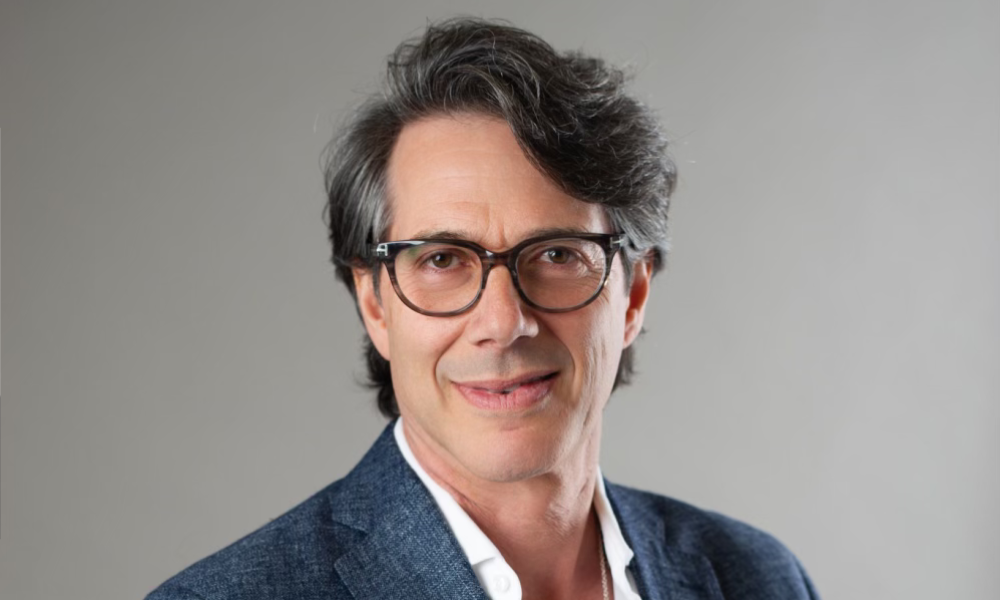'There are really interesting ways we can add incremental value that is otherwise unavailable to the investor,' says Longhouse CEO

As co-founder and CEO of Longhouse Asset Management, Fred Di Blasio understands the financing barriers that persist in Indigenous investments.
After all, this is one of the reasons he formed Longhouse. Di Blasio, who’s also a member of the Wendat First Nation and former trustee of a $150 million trust, highlighted that the capital gap for Indigenous communities in Canada is massive, and institutional investors are largely ignoring the capital that can be invested.
Asked what’s holding Indigenous communities back from accessing capital, Di Blasio emphasized that it’s not a lack of discipline or willingness to borrow responsibly, but federal policy, adding the heart of the issue is a structural constraint embedded in the Indian Act.
“Access to capital is very difficult for First Nations,” he said. “Because of the Indian Act, we don't have access to capital the way you or I would, or your typical organizations. The reserve is owned collectively so you can’t mortgage a house or leverage the land like you would in a traditional capital model.”
That eliminates one of the most common tools used by individuals and organizations to raise financing, said Di Blasio. Even to get a lease on reserve land, “we have to go to Indigenous Services Canada for approval. You can’t own a piece of the reserve and then mortgage a house on it. There's a systemic barrier that exists.”
While creative workarounds like ground leases are used to structure major projects, First Nations must still get federal approval, effectively asking the Crown for permission to leverage their own land.
“You're very much in this, ‘Please, sir, may I have another mode of operation?’ The Crown has an inordinate amount of control over the activities of First Nations.”
Despite the obstacles, he sees a sharp contradiction in the way credit risk is perceived versus reality. He pointed to data from First Nations Bank showing that default rates on consumer loans in Indigenous communities are extremely low. He believes that speaks to the stringent and “probably way too high” requirements of Indigenous people relative to the average Canadian.
These disparities are precisely what Di Blasio is trying to correct. He describes Longhouse Asset Management as a uniquely structured firm designed unlock institutional capital for Indigenous equity participation in major infrastructure projects. The firm, Indigenous-founded and led, is working to raise $1 billion from large institutional investors, pension funds, insurance firms, and other long-duration capital providers to address the massive shortfall between capital needs and what government programs currently offer.
CIB needs a 'blended' strategy
Di Blasio also sees the Canada Infrastructure Bank (CIB) as playing a vital but narrowly defined role in Indigenous project financing. He labels their contributions as “catalytic capital,” a term that, for him, has very specific implications.
To be effective, he argued CIB funding must serve two purposes: it should take on the risk that First Nations themselves can’t shoulder and secondly, CIB must enable and not displace market-based investors. He firmly believes that the bank’s mandate should focus on blending public and private capital in a way that unlocks institutional participation and doesn’t compete with it.
“There needs to be a blended finance solution,” he said, adding by combining low-cost CIB loans, typically in the 2 to 4 per cent range, along with market-rate institutional capital at around 8 per cent, Longhouse can structure viable deals with a weighted average cost of capital that makes sense for communities.
This can create space for meaningful cash flows, often as simple and significant as funding basic infrastructure repairs. For nations where even $1 million can go a long way, that arbitrage matters. Di Blasio acknowledged that CIB’s $1 billion commitment is small relative to the $200 billion in capital needs, but emphasized its contribution is still essential.
“For a lot of people in large infrastructure projects, a million dollars is not a whole lot, but for a nation that is frankly material and significant, allows nations to do a whole host of things they might otherwise not. Like putting a new roof on a community center or changing the boiler as an example. What CIB is doing is critical, but I think there’s more for them to do,” he said.
Di Blasio argues that institutional investors have compelling strategic reasons to engage with Indigenous-led projects, reasons that go beyond ESG mandates or reconciliation rhetoric. Land access and project speed, he said, are two major advantages that often get overlooked.
He also sees a misalignment between what investors want and how they access it. While pension funds would gladly invest in stable, long-term infrastructure like Hydro One transmission lines, for example, he said those assets are typically locked out of the market.
However, with United Nations Declaration on the Rights of Indigenous Peoples (UNDRIP) reshaping the legal landscape and increasing the need for Indigenous partnerships, funds that invest through Longhouse gain access to opportunities they wouldn't otherwise see, said Di Blasio.
“That affords a pension plan investing through a Longhouse as an LP, a unique asset not otherwise available to them,” he said.
Di Blasio underscored the point by comparing two parallel real estate developments in Vancouver. One, led by a private landowner, has been stalled for nearly a decade due to complex municipal regulations. Meanwhile, the Sen̓áḵw project, developed in partnership with First Nations and situated on federal land, secured full entitlements in just two years and achieved 8.5 floor square ratio (or FSR), more than double the density of its neighboring site, he explained.
“When you work with First Nations, there are really interesting ways we can add incremental value that is otherwise unavailable to the investor. That’s why we’re so excited at the opportunity ahead of us as First Nations, as we continue down the path of reconciliation,” said Di Blasio.



